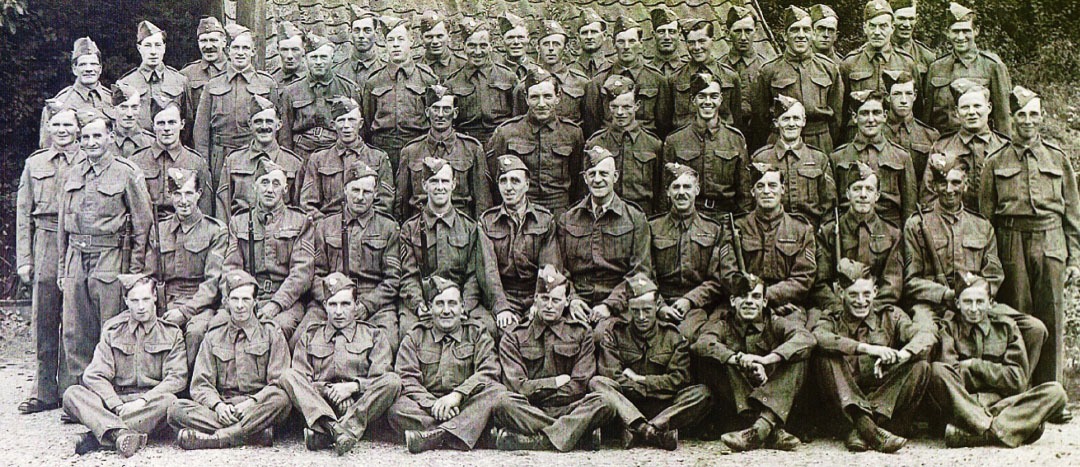Charles Lockwood
“I was 13 years old when the war started and I can remember when we first heard the air-raid sirens sound. Everyone turned out into the street and we were told this was a test only and was done for us to learn the difference between the wailing sound for the alarm and the long one-note sound of the all-clear. We were also informed that the toll bell at the church would sound in the event of an invasion by the German army. All the village residents and life in Coddenham altered.
The men who were either too old for call-up to the forces or awaiting for this, joined the different organisations that were formed. Some were air-raid precaution wardens (ARP), others joined the local defence volunteers (LDV) which later became known as the Home Guard, or some were fire watchers and were out at night to inform of incendiary bombs or other dangers. The Mens’ Club became the headquarters for these units and I recall the time when the LDV were given their uniforms and rifles and ammunition for the first time.
Coddenham Home Guard
The boys and girls were mostly in the Cubs, Brownies, Scouts or Guides. I was in the Scouts and we were told by our leaders that we would probably have to play some part if an invasion happened – what I never knew! The ladies that were in the Women’s Institute had lectures on how to help with the “war effort”. So you see, life had altered completely for us in Coddenham.
I and some other boys later joined the Army Cadet Force at Needham Market prior to our official service. This force was much later, begun in Coddenham at the Parish Hall under the command of Fred Ovenall. Sandbagged forts were erected for the Home Guard at the Crown Corner, in Mr Fox’s fíeld at the top of High Street and on the 3-Cocked Hat Corner just over the bridge, and also concrete “pill-boxes” were built in other spots. For the rest of us, no protection was made. We were all issued with respirators (gas masks) in a cardboard carton with a long string sling attached and were given identity numbers for each house and each person in the house. Signposts and place names were taken away. Ration books were issued and we had to register at the shop of our choice. The men on the farms were also given an extra cheese ration allowance and at certain times sugar allowance went up for jam-making, etc. We had to prefabricate our own shutters and blinds for doors and windows for the so-called “black-out” to prevent enemy planes from spotting the village at night, and car and van lights were dimmed and partly shuttered on top. A rifle range for target practice was made near the Lime Kilns in a pit, for the use of the Home Guard.
I must mention one thing that I saw happen and, when I mentioned this many years later, not a single person seemed to have any knowledge of it. I used to assist Mr Gudgin in his shop and garden in the evenings and on Saturdays, for which he paid me. One Saturday, a large box van arrived and we unloaded a lot of sealed tins, cans and packages. These had no makers’ label on them – just serial numbers. We stacked them in his upstairs warehouse and he told me they were secret emergency rations for the Coddenham residents in the event of a German invasion attempt. Obviously, someone in charge in Coddenham knew of this and had instructions on what to do and when.
These things are among my recollections of the war years until my call-up in 1944. I am also reminded that many homes were forced to take in children evacuated from London to us for safety. All the residents of Coddenham coped with this as best they could.”
Photo: Coddenham Home Guard

0 Comments